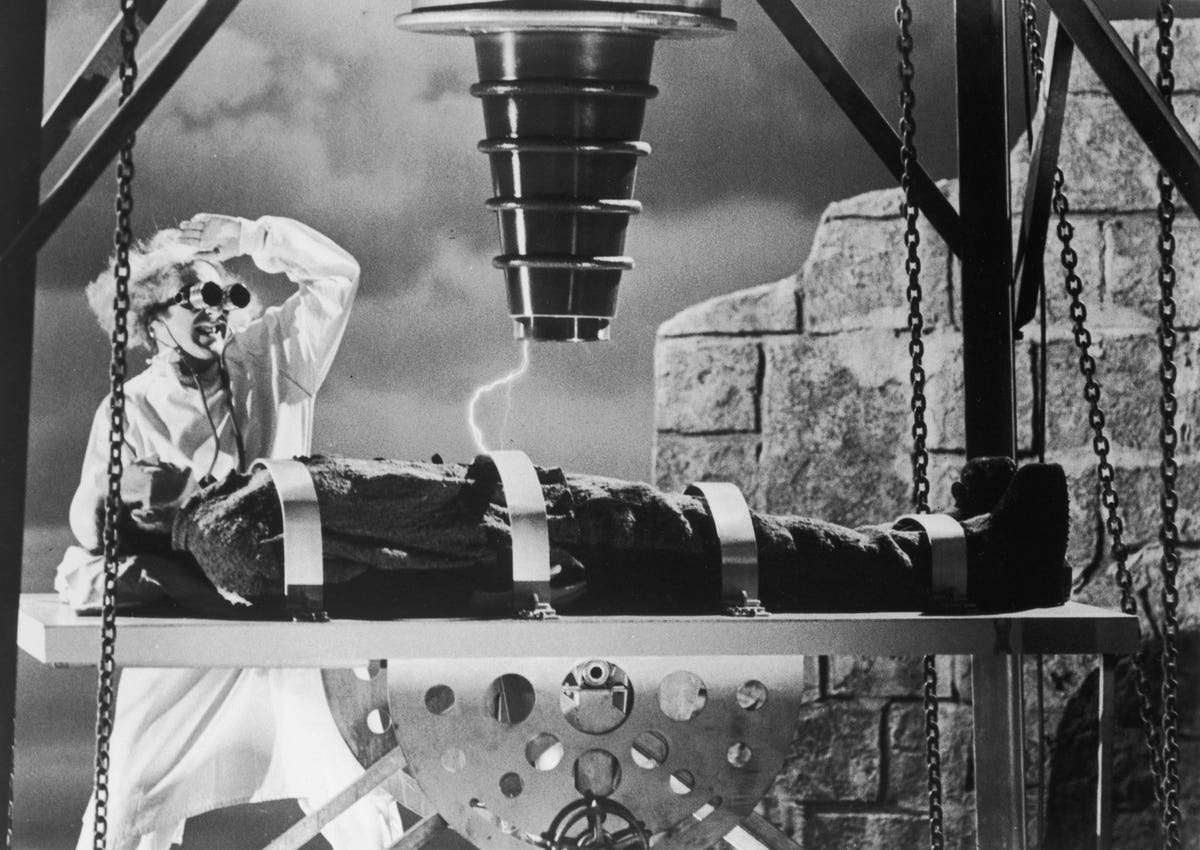Texans are facing much higher electricity bills because ERCOT’s new market scheme holds back generators the way ticket brokers hold back Taylor Swift concert tickets.
ERCOT, the Electric Reliability Council of Texas, operates what is called a “scarcity market” in which scarcity of supply leads to much higher prices. Under the new ERCOT Contingency Reserve Service (ECRS), ERCOT creates more scarcity by paying power plants to stay out of the market until the grid reaches its breakpoint—or, until the ticket brokers have sold the first available batch of Taylor Swift concert tickets. That’s right. ERCOT is the “ticket broker” for electricity. Unlike ticket brokers, ERCOT does not use its own money to buy tickets to hold back from the daily market. ERCOT uses the consumers’ money. With extremely high temperatures bringing record demand to the grid, the generators know that they can drive up the price because ERCOT has done them the favor of holding back electricity. ERCOT has created its own supply shortage to drive up prices—over $4,900 per megawatt hour for the afternoon and evening of June 20. This preordained outcome is purely arbitrary. It is not the result of competition. And it is likely illegal.
Two recent court rulings may help Texas consumers.
The Texas Third Court of Appeals ruled that the $9,000 per megawatt hour (MWh) price set by the Public Utility Commission of Texas (PUCT) and ERCOT during Winter Storm Uri in 2021 was illegal. The Texas Public Utilities Act requires electricity prices to be determined by competition, and the ERCOT market price for Uri was $1,200 per megawatt hour at the time the grid failed. The court’s decision was that the $9,000/MWh price was not competitive, or in another word, arbitrary. Could the court’s reasoning be extended to include the entirety of the ERCOT market? It certainly raises questions about the ECRS and other ERCOT protocols.
The court also points out that the PUCT and ERCOT are “limited so as to impose the least impact on competition.” The ECRS has changed the dynamics of the ERCOT market both in daily operations and in the commodities markets where ERCOT futures contracts and options are traded. Since the ECRS went into effect, the average price in the daily market for electricity has jumped. Customers with fixed rate contracts should not immediately feel the pain of these higher prices, but the retailers who sold consumers these contracts may be losing money. For example, during the sweltering day of July 14, Reliant Energy, a wholly owned subsidiary of generator company NRG, called for conservation. Why? ERCOT had plenty of generators July 14, so the only explanation is that Reliant called for conservation to protect its shareholders at the expense of its consumers. After all, any normal company would want to sell more of its product! The ECRS is very disruptive to the market.
For years now, another of ERCOT’s arbitrary schemes has been the Operating Reserve Demand Curve, or ORDC, which has added billions of dollars in surcharges to Texans’ bills. The surcharge is applied by ERCOT when the electricity market is tight, but why add a surcharge when supply and demand are already in balance? From the Texas consumer’s viewpoint, it is price gouging. The ORDC is not the result of competition. In fact, ERCOT’s pricing across the many nodes of its market is not the result of competition or a competitive process, it is the result of a computer program.
ERCOT’s computer program operates to optimize the allocation of electricity across the grid. It is a quantitative solution called Locational Marginal Pricing. ERCOT uses the computer program to arbitrarily determine prices for dispatching power across the grid To be a bit wonky, it is a linear programming model. These are used by airlines, delivery services, manufacturers, and hospitals to schedule staff and facilities each day. They are not used to set prices for consumers. If ERCOT operated like a real market marker, NRG, Vistra, and other power generators would bid against each other to provide electricity at the nodes. Instead, programming wonks at ERCOT toil like Dr. Frankenstein to replicate competitive market outcomes where none are available. Nothing has changed in more than 10 years.
Expect no help from ERCOT’s Independent Market Monitor, or IMM, the umpire for ERCOT. Potomac Economics, the Virginia-based consultant which provides the monitoring service, has a different priority – to be rehired by ERCOT and the PUCT year after year.
The second court ruling is one that ERCOT won but which may turn out to change the way ERCOT conducts business. A sharply divided Texas State Supreme Court ruled that ERCOT enjoys sovereign immunity as a state entity. Texans cannot be faulted for thinking that ERCOT now should be subject to the Texas Open Meetings Act. ERCOT has long withheld information that would improve transparency on the basis that disclosing market information would reveal competitive data. That’s the point! A hallmark of competitive markets is transparency—the ability of buyers and sellers to clearly see the market dynamics and how prices are determined. At the close of the 2021 legislative session, just a few months after the catastrophic winter freeze and blackouts, State Sen. Kelly Hancock stated those who set electricity prices in the ERCOT market were acting more in their own interests than in the interests of Texans. To date, there have been no indictments or prosecutions.
The two court rulings should open ERCOT to public scrutiny and eliminate arbitrary pricing schemes that have cost consumers billions of dollars without providing new benefits. If Texans are to pay more, Texans should receive more. That is what happens in competitive markets.
Read the full article here





